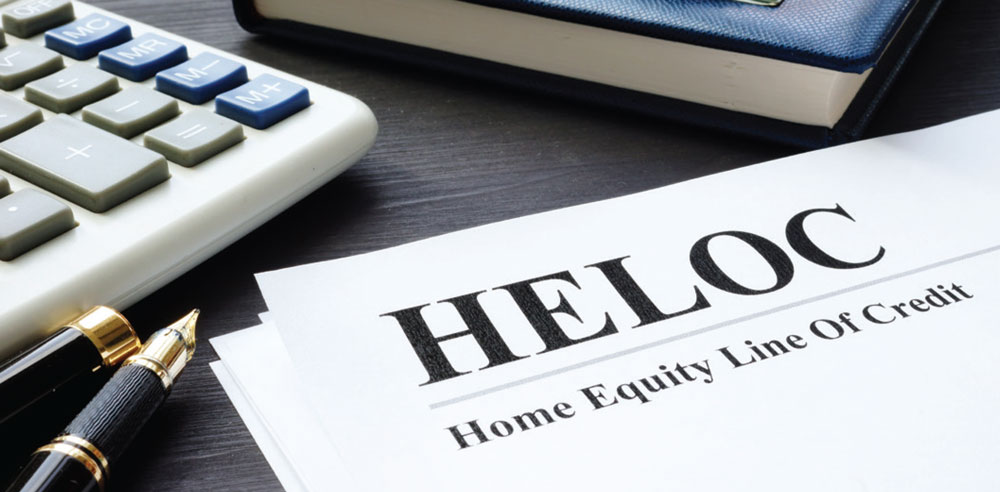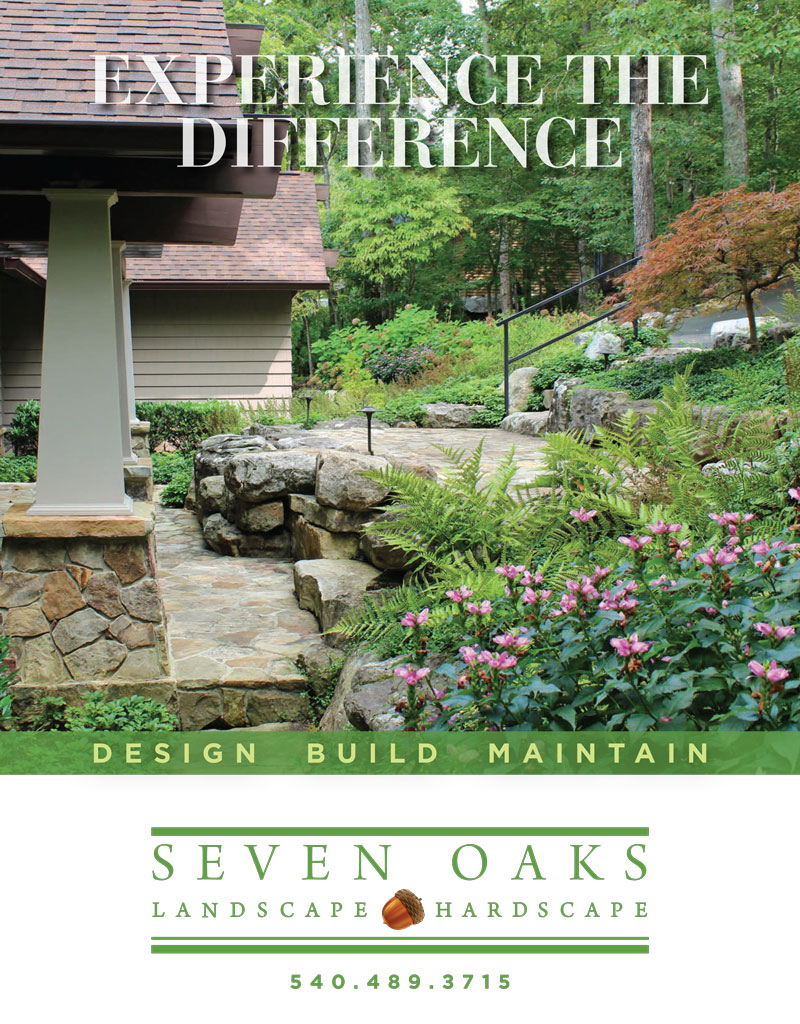PUTTING YOUR HOME’S EQUITY TO WORK

 Are you still dreaming of a new kitchen? Preparing to send your child off to college or down the wedding aisle? These are exciting things to look forward to, but they can also become stressful when you don’t know how you’re going to pay for such a major purchase all at once. If you have diligently built up equity in your home, you may be able to borrow cash against your home’s current value and quickly turn those dreams into reality.
Are you still dreaming of a new kitchen? Preparing to send your child off to college or down the wedding aisle? These are exciting things to look forward to, but they can also become stressful when you don’t know how you’re going to pay for such a major purchase all at once. If you have diligently built up equity in your home, you may be able to borrow cash against your home’s current value and quickly turn those dreams into reality.
Tools of the finance trade
When you’re paying a mortgage, you’re building equity — that’s the value of your home minus the amount you still owe. The longer you chop away at debt, the more equity piles up. Banks or credit unions will lend you money based on that equity (if you meet certain requirements) in two ways: a home equity loan or a home equity line of credit (HELOC).
A home equity loan is paid back with interest at a fixed rate based on the length of the term, which is usually much longer than most personal loans offer, even up to 30 years. A HELOC functions much like a credit card. The interest rate is often variable (though typically much lower than other credit options), and it is charged only on the funds that are used.
“For most Americans, the largest asset they have is their home,” says Raf Hurt, Branch Manager at Member One’s Member Service Center in Roanoke. “Our home equity lines of credit or home equity loans are the best tools we have available for members to tap into that asset and receive a low rate.”
Hurt says Member One, with branches throughout the Roanoke Valley and Central Virginia, saw an increase in applications for its home equity products last year.
 “We are still seeing a lot of interest in those products … toward renovating their homes, consolidating debt, paying for children’s education, a wedding or once-in-a-lifetime vacation, or starting a business. It can be anything.”
“We are still seeing a lot of interest in those products … toward renovating their homes, consolidating debt, paying for children’s education, a wedding or once-in-a-lifetime vacation, or starting a business. It can be anything.”
Obtaining a home equity loan or HELOC is similar to applying for a mortgage. A full assessment of your finances is required with documentation: your credit score, income, appraisal and a financial statement are obtained before the loan or line of credit is approved. The typical amount lenders will approve is 80 percent of the value of your home (or more with institutional promotions and depending on the term of the loan) less the debt you still owe against it. For example, if your home is appraised at $200,000 and you have $100,000 left on your mortgage, 80 percent of $200,000 is $160,000, then subtract the $100,000 you owe and you could receive a loan or credit limit of $60,000.
Which option is best?
Carrie McConnell, President of Ridge View Bank, with locations in Salem, Roanoke and Smith Mountain Lake, says her bank is helping more customers turn their equity into cash.
“We are typically seeing people who have owned a home for a longer time and have built up that equity over time. But we’re also seeing people who made a substantial payment on an initial investment, or their home has just appreciated quickly,” she says.
While Ridge View offers a traditional HELOC, under that umbrella they also offer separate fixed rate loans up to the amount of your home equity line.
“If you do the fixed rate draw under our HELOC, that’s really if you’re purchasing something big and you want that rate fixed for five years or so.”
For some people, drawing on their home equity is necessitated by a more dire need, like an emergency home repair or even consolidating debt so they can see the light at the end of a long tunnel.
Hurt says if you’re looking to make a one-time purchase or have a one-time expense, the home equity loan might be your best option. But his personal favorite is the HELOC, which Member One currently offers at a low fixed rate for the first year (then it moves to the prime rate). You can draw on it up to 10 years; you have 15 years to pay back the remaining balance.
The HELOC is also helpful if you have more than one home project in mind. He says people may tackle their kitchen first and take time to pay down that balance on a HELOC and then in a year’s time start on a bath remodel and draw on the revolving credit.
He says it’s also an attractive way for customers who have excessive mounting debt.
“A lot of people like the option of being able to combine everything into one monthly payment, and because of the terms that we offer, it usually drastically reduces their monthly payment amount so that means they can either apply more money towards the balance to pay it off quicker or they have additional funds to do other things with.”
Members can receive an estimate before they apply.
If you’re looking at purchasing an additional home or investment property, a HELOC can also be more attractive than a first mortgage.
When shopping for home equity products, be sure to ask for special offers and inquire with your tax advisor because some options can potentially reduce your tax liability. Also remember that these options are still secured loans, which means the lender uses the part of your home that you own as collateral, and if you can’t pay it back, you risk going into foreclosure.
First steps
While information on these options and even applications are available online, area lenders still open their doors to customers every day.
“We like to invite you in for a consultation to understand what you’re trying to do so we can better advise you on what might be a better route to take,” Hurt says.
McConnell adds, “We pride ourselves on being very accessible. Our lenders will return your call within the day, typically within the hour. There really are no dumb questions. We see clients from all levels and backgrounds of borrowing money … we’re happy to answer any questions.” ✦
appraisal, Credit card, credit score, equity, home equity line of credit (HELOC), Home equity loan, income, mortgage










